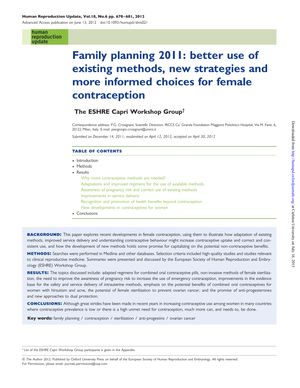TLDR The conclusion is that there is a high demand for new contraceptives that provide both pregnancy prevention and protection against STIs, along with additional health benefits.
The document from 2011 emphasizes the need for improved use of existing contraceptive methods, the development of new strategies, and the provision of more informed choices for female contraception. It notes that despite the increase in contraceptive use, challenges such as high user-failure rates, discontinuation due to side effects, and regional differences in prevalence persist. The paper suggests that adaptations of current methods could increase acceptability and ease of use. It discusses the preference for levonorgestrel-containing oral contraceptives due to lower thromboembolic risk, the shift from laparoscopic to transcervical sterilization, and the underuse of emergency contraception. The document also highlights the effectiveness and popularity of the intrauterine system in Europe, the non-contraceptive health benefits of contraceptives, and the potential of new developments like selective progesterone receptor modulators. Finally, it underscores the need for contraceptives that offer dual protection against pregnancy and STIs, citing studies on products that could provide such benefits. The document concludes that while contraceptive use has risen, the demand for new methods that offer dual protection and additional health benefits remains high.
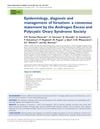 378 citations
,
November 2011 in “Human reproduction update”
378 citations
,
November 2011 in “Human reproduction update” Experts recommend using evidence-based methods to diagnose and treat hirsutism, focusing on symptoms and underlying causes.
502 citations
,
February 2008 in “The Journal of Clinical Endocrinology & Metabolism” Treat significant hirsutism with medication and hair removal; use birth control pills first, adding antiandrogens if needed.
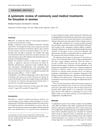 75 citations
,
November 2007 in “Clinical endocrinology”
75 citations
,
November 2007 in “Clinical endocrinology” Certain medications including flutamide, spironolactone, and others effectively reduce excessive hair growth in women, especially when combined with lifestyle changes.
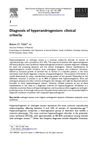 85 citations
,
June 2006 in “Best Practice & Research Clinical Endocrinology & Metabolism”
85 citations
,
June 2006 in “Best Practice & Research Clinical Endocrinology & Metabolism” The document concludes that hirsutism is the main sign for diagnosing hyperandrogenism, which requires a detailed patient history and physical exam.
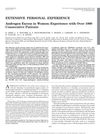 947 citations
,
February 2004 in “The Journal of Clinical Endocrinology and Metabolism”
947 citations
,
February 2004 in “The Journal of Clinical Endocrinology and Metabolism” Most women with excess male hormones have Polycystic Ovary Syndrome, and hormonal therapy can improve symptoms but may cause side effects.

Accurate diagnosis and timely, tailored treatments improve outcomes in obstetrics and gynecology.
 14 citations
,
September 2015 in “Expert Opinion on Therapeutic Targets”
14 citations
,
September 2015 in “Expert Opinion on Therapeutic Targets” The conclusion is that while oral contraceptive pills are effective for PCOS-related high androgen levels, new treatments with fewer side effects are needed.
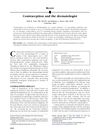 22 citations
,
January 2013 in “Journal of The American Academy of Dermatology”
22 citations
,
January 2013 in “Journal of The American Academy of Dermatology” Birth control pills can help manage acne, but dermatologists should know their skin-related side effects, especially when prescribing drugs that can harm unborn babies.
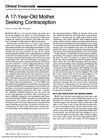 8 citations
,
October 1996 in “JAMA”
8 citations
,
October 1996 in “JAMA” The document suggests a young mother use effective contraception like the Copper-T IUD while considering her health and the need for STD prevention.
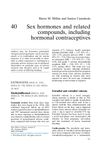 January 2014 in “Side effects of drugs annual”
January 2014 in “Side effects of drugs annual” Exposure to certain sex hormones can increase health risks, while some hormone therapies may offer benefits for specific conditions.
